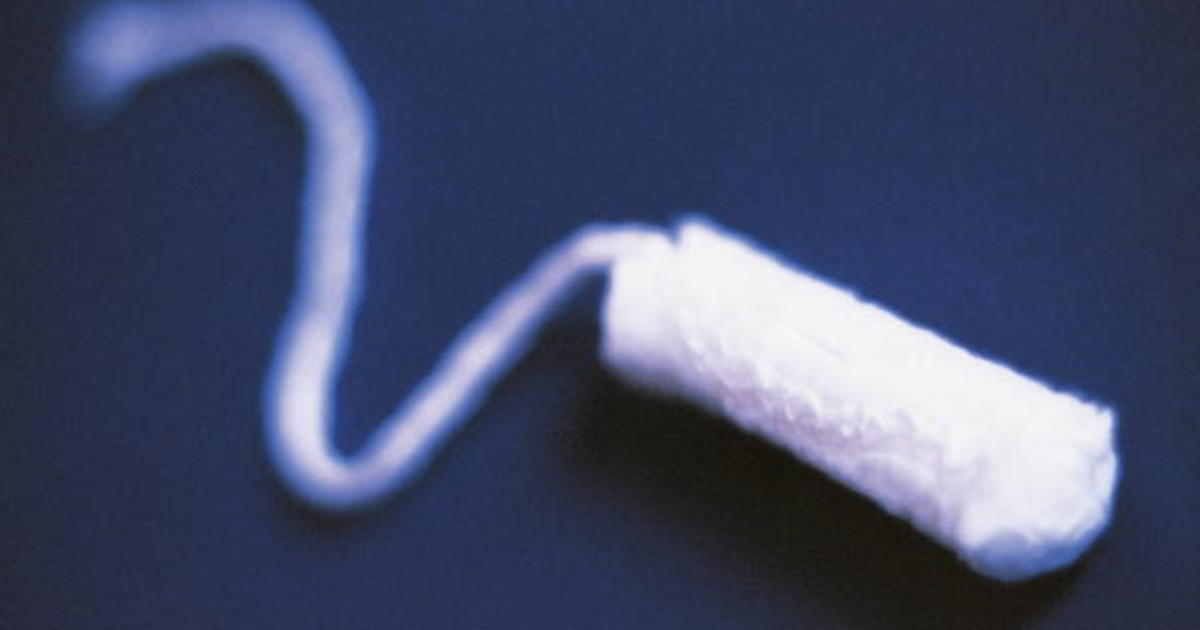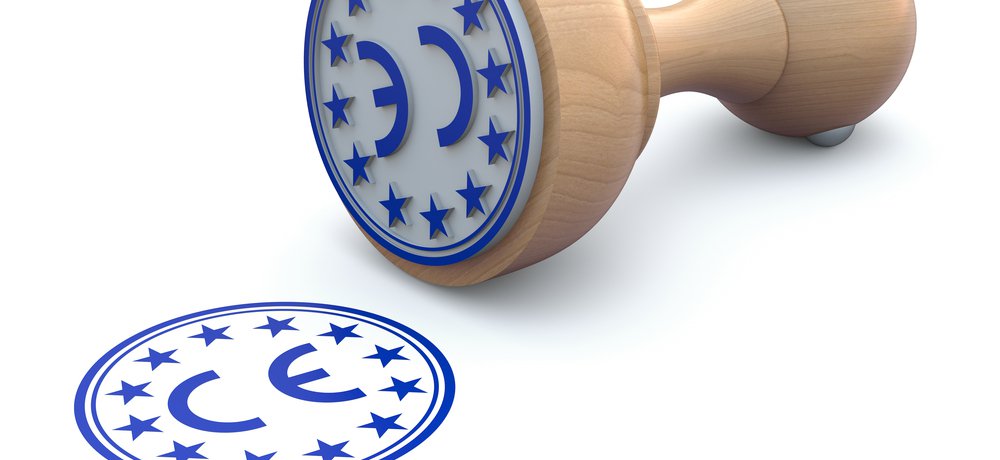
More than a dozen metals — including lead and arsenic — showed up in a broad array of tampons sold across the U.S. and Europe, raising concerns about menstruation products used by millions, a recent study found.
Tests found lead in all 30 tampons from 14 brands that were purchased from major online retailers and stores in the U.S., U.K. and Greece, according to the findings published this week in the journal Environmental International.
“Our findings point towards the need for regulations requiring the testing of metals in tampons by manufacturers,” the researchers wrote.
The analysis looked for concentrations of arsenic, barium, calcium, cadmium, cobalt, chromium, copper, iron, manganese, mercury, nickel, lead, selenium, strontium, vanadium and zinc. All 16 metals were detected in one product.
Further studies are necessary to determine whether the metals leach out of tampons, which would be particularly worrisome since the skin of the vagina is more permeable than other parts of the body, noted the researchers, led by Jenni Shearston, a postdoctoral scholar at the University of California Berkeley School of Public Health. Any substance entering the bloodstream from the vagina also would not be filtered by the liver, the researchers said.
The findings did not cite the brands tested. Shearston did not immediately respond to a request to identify them or elaborate on the findings. The Food and Drug Administration, which regulates tampons in the U.S., did not immediately respond to a request for comment.
Organic tampons had less lead and more arsenic than non-organic ones and those sold in the U.S. held higher concentrations of lead than those in the Europe, the study stated.
Well-known tampon brands include Procter & Gamble’s Tampax, Kimberly-Clark’s Kotex and Playtex from Edgewell Personal Care. The three companies did not immediately respond to requests for comment.
Tampons are made with cotton, rayon or both, and the study noted that that the metals could have came from the soil by the plants used to make the materials. The presence of metals could also be the result of chemicals used as antimicrobials or to control odor.








